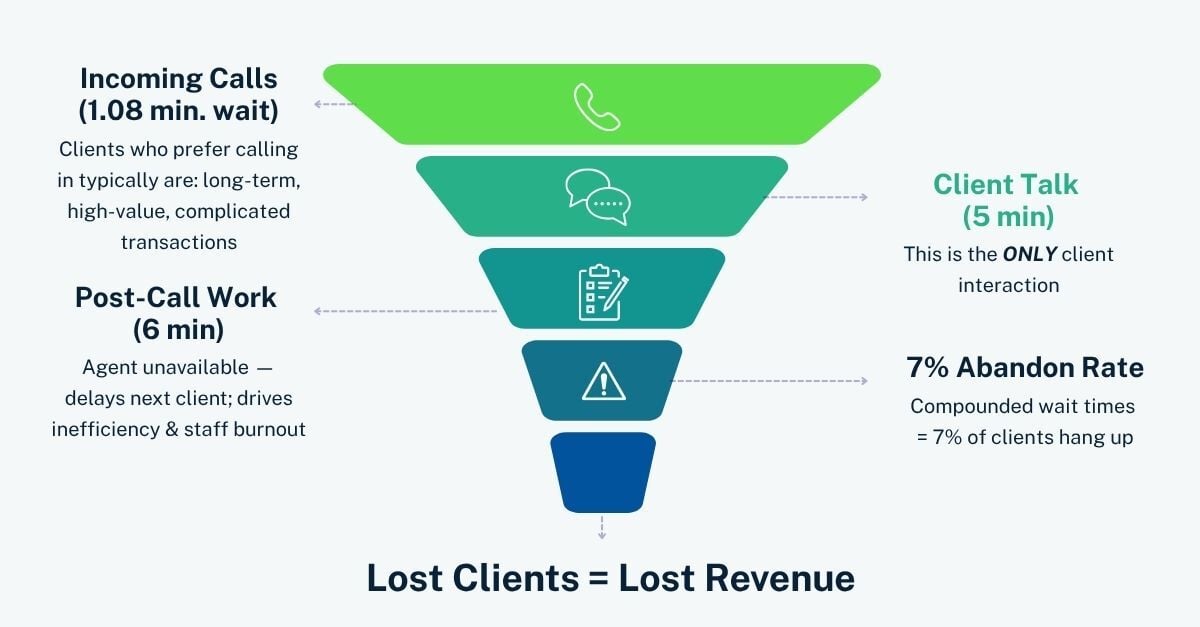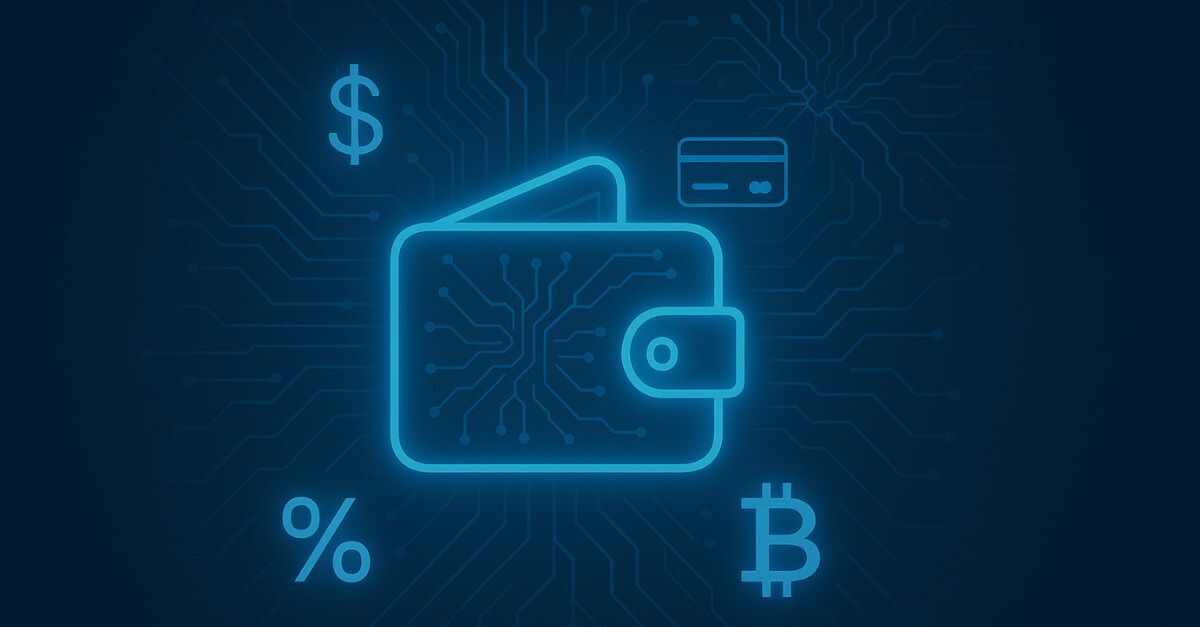AI Agents Just Got a Wallet: What That Means for Banks and Credit Unions
Google, Mastercard, PayPal, American Express, and Coinbase quietly changed the script last week. They rolled out theAgent Payments Protocol, which...
Navigate this high stakes process with precision.
A solution delivering fast, efficient, and accurate core data.
Digital solutions to grow, scale, and outperform.
Reliable, efficient, and integrated core platforms deliver results.
Select modern communications channels to integrate with core and digital solutions.
Strategic Planning
Support services for the strategic planning process at every level.
M&A Planning
Realize the key value drivers resulting from your merger or acquisition.
Performance Benchmarking
Tailored metrics and benchmarks designed to assess relationships.
Organizational Efficiency
Enhance efficiency across branches, digital channels, and contact centers.
A digital library of industry news, analysis, best practices, and thought leadership tailored to the challenges and opportunities faced by financial institutions.
Our in-depth analysis of conversion strategies, M&A activity, and the evolving landscape of financial services.
A podcast channel for the time-constrained banking professional delivering sharp insights on fintech, strategy, and leadership to help you stay ahead in a fast-changing financial world.
For 360fi Workflow clients only. Sign in to access the workflow library and other guides, forms, and tutorials.
1 min read
 Fabio Biasella
:
10/17/25 11:49 AM
Fabio Biasella
:
10/17/25 11:49 AM

A member or customer calls with a question about their account. They wait one minute to speak with a person. The conversation takes five minutes. The after-call work takes six. Multiply that imbalance across hundreds of calls and you quickly discover the hidden sinkhole of modern service: Average Handle Time (AHT).
When AHT consistently doubles talk time, it signals more than call center inefficiency. It points to deeper systemic problems inside the institution. Problems that hurt service, inflate costs, and erode trust.
The Domino Effect of Extended Handle Time
Bloated handle times rarely stay confined to the back office. They ripple through the customer experience.
The damage shows up in operational budgets, but the real cost is strategic.
When Service Slows, Competitors Speed Up
Institutions with high AHT struggle to scale. They cannot adapt to volume surges or new service demands without adding more staff. Meanwhile, digital-first competitors are using automation, AI, and self-service to accelerate. They set the pace. Traditional institutions fall behind.
This is no longer just about efficiency. It is about market share and loyalty.
How to Fix the Imbalance
Cutting AHT is not about rushing conversations. It is about redesigning the work around them. Financial institutions that want to turn call centers into engagement centers can act on five fronts.
Pilot small changes, measure impact, scale what works.
From Call Centers to Confidence Centers
The truth is simple. AHT is not just a metric. It is a mirror. It reflects how well an institution equips its people, designs its processes, and connects its systems.
If the reflection shows imbalance, it is not the agents who are broken. It is the infrastructure around them.
Banks and credit unions that recalibrate today will not only reduce inefficiencies. They will earn the one commodity that digital-first competitors cannot replicate overnight. Member and customer trust.

Google, Mastercard, PayPal, American Express, and Coinbase quietly changed the script last week. They rolled out theAgent Payments Protocol, which...

Financial institutions keep talking about "adding AI" to their operations. Installing chatbots. Deploying fraud detection models. Automating...

In a world where personalized and seamless financial experiences are no longer a luxury but an expectation, traditional telephone banking and...